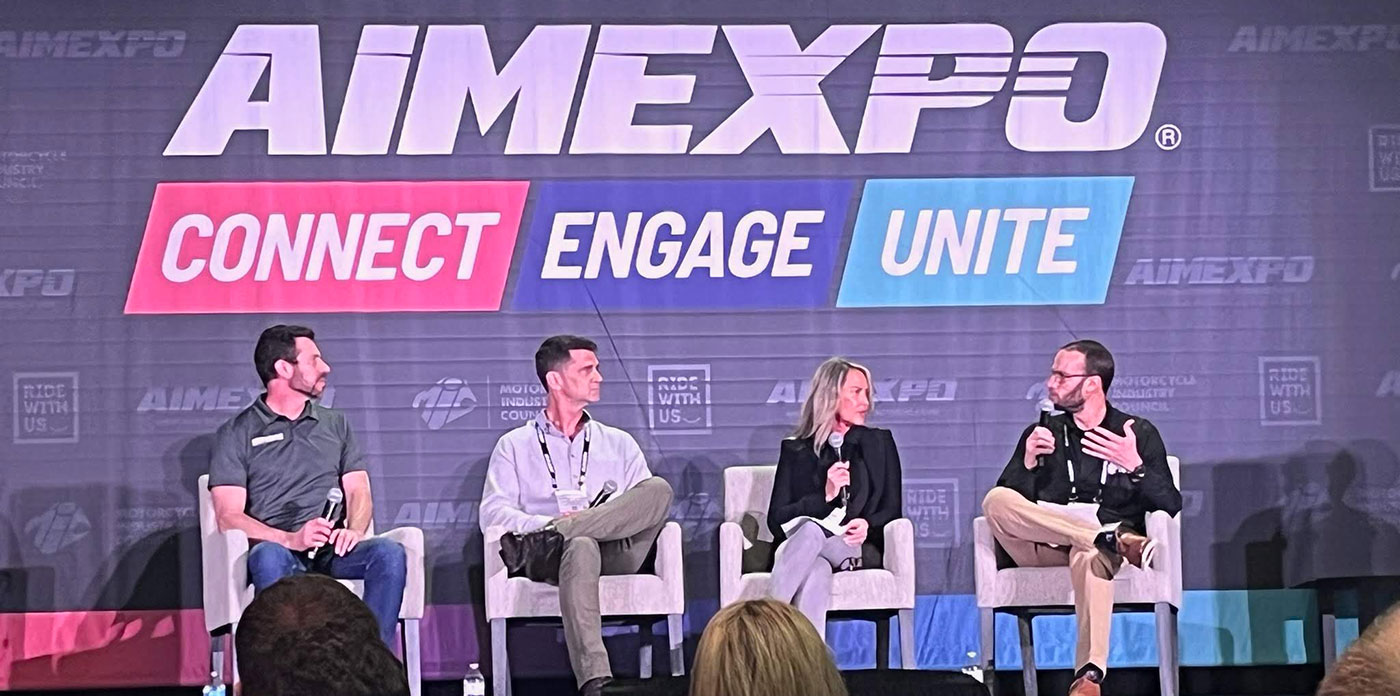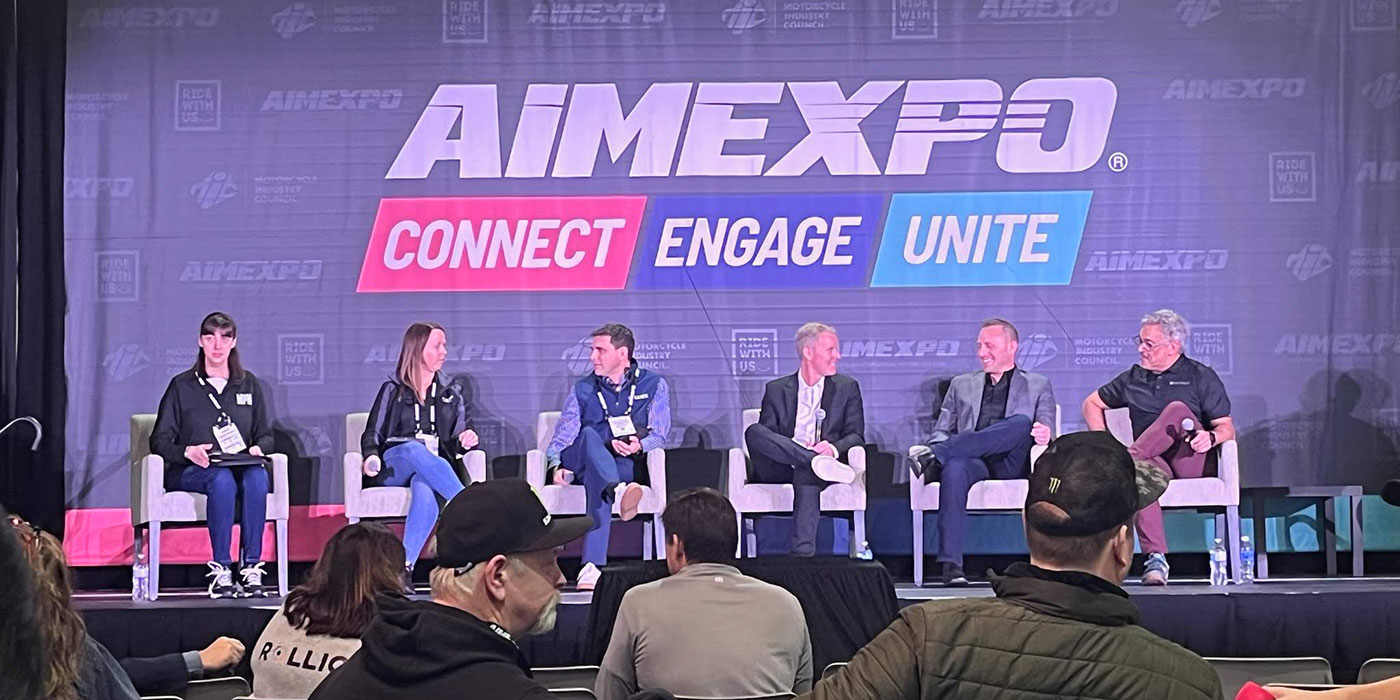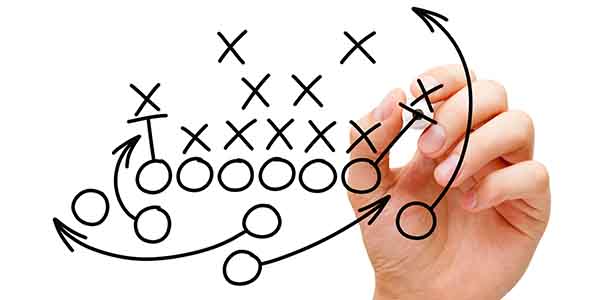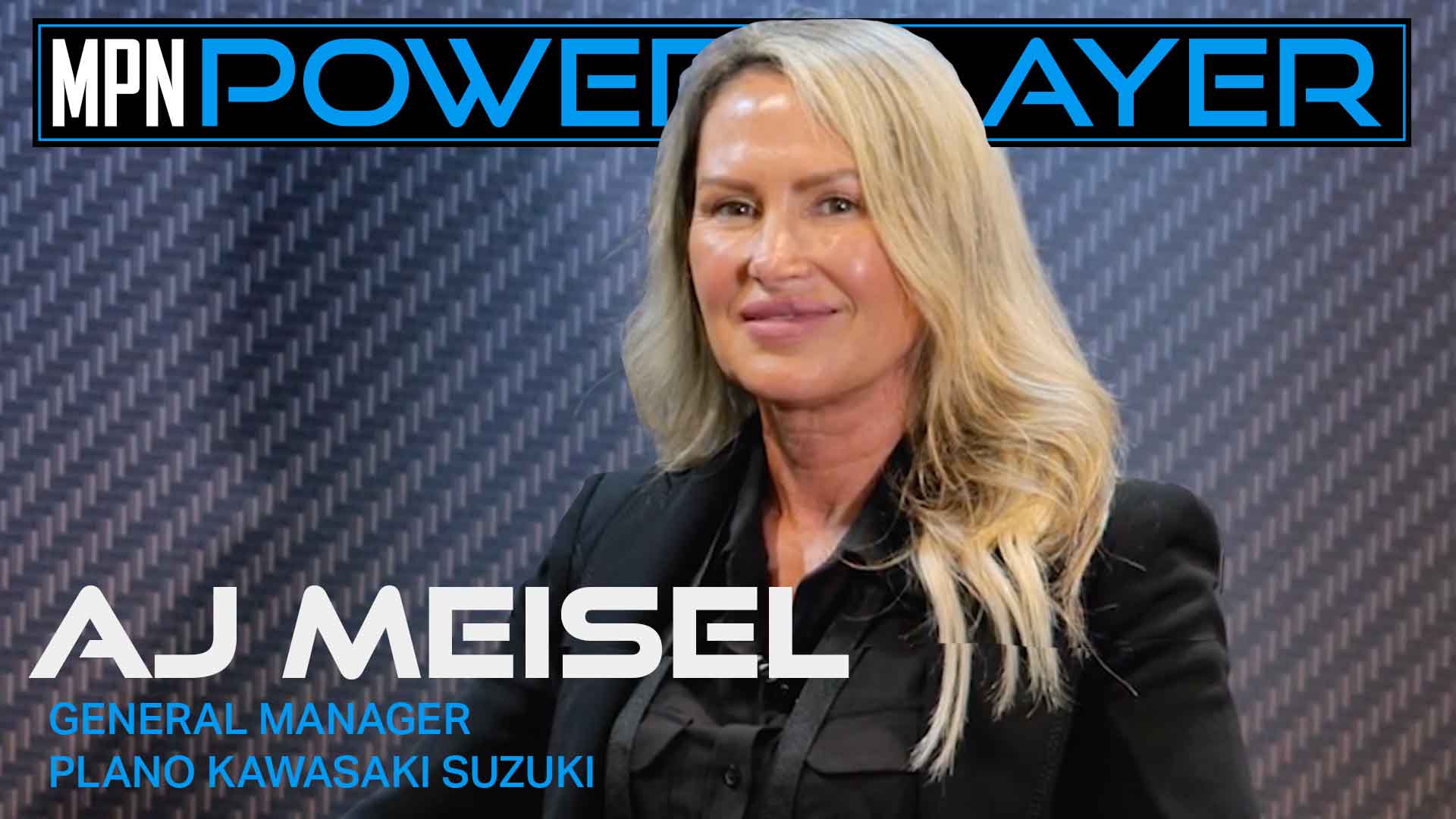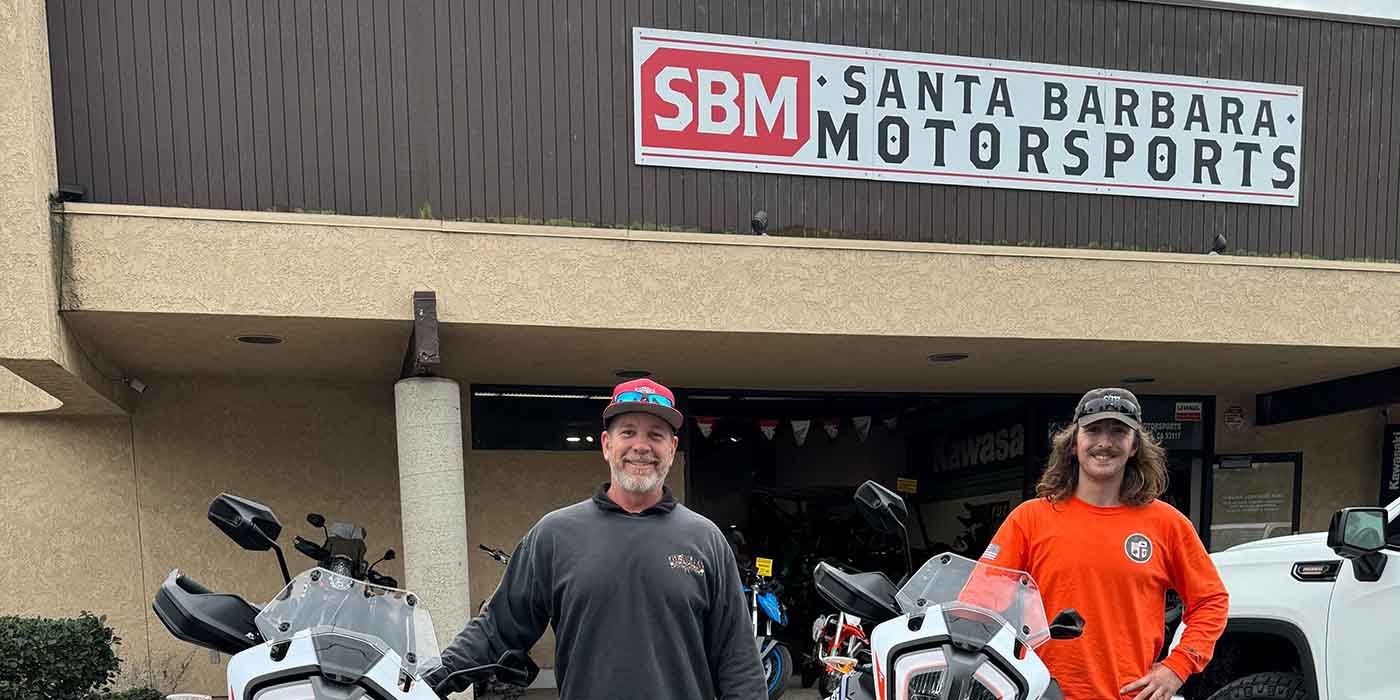I’ve been helping a friend of mine who wants to take his carpet cleaning business to the next level. More accurately, he must take it to the next level. It has gotten to the point where he’s putting in 100 hours per week, and no matter how hard he works, he can’t exceed the revenue he’s earned for the last three years. If he doesn’t change the way it works, it’ll drive him to an early grave. He is operating under a few misconceptions that could be the death of his business.
1: He can’t get good people.
He is fully convinced that all the local gene pool can provide for him are “crack heads and idiots."
He’s marrying a wonderful woman later this month, his kids are smart, well mannered and happy, and he attends a church full of great people with whom he loves to associate. There are tons of great people around him. Everything outside of the borders of his business tells him that this belief is wrong. So why does he continue to believe it?
2: People won’t pay the price for his services no matter how much better he is than the competition.
He feels that he must cut his profits completely out of his pricing, at least for the near term, if he’s going to stay in the game long enough to outlast the current state of the economy.
He’s managed to run this business, which has supported him since high school, in large part by spending smart; he buys equipment and supplies that deliver the most value. That’s it: value!
3: He can’t change the destiny of his business.
He set this course of action in motion 12 years ago, and it just can’t be altered.
I asked him if he took a week off, 100 hours of work, would his business go under. He said no. Then I asked him to give me 100 hours, 25 at a time, over the next four weeks so we could fashion and implement a plan to reinvent his business. He agreed.
Here is the outline of our approach to those four sessions.
Assess: Where’s point A? What’s the truth about his operation? We need to run basic revenue/expense equations, but, most importantly, we’ll examine his beliefs and tear down the ones that don’t hold up to reality. Are there really only crack heads and idiots looking for work? Are people really tightwads, or are they really just hunting for value? Once we know the truth — the brutal honest truth about his business — then we’ll determine point B.
Plan: Next we’re going to approach the entire business — not from his historical sense but from the perspective of his preferred future. We’ll look at what he wants his business to look like. We’re going after a crystal clear vision of what he wants to do, based on what he’ll then know about his
business, not what he currently believes about it.
Execute: We will create an organizational chart, job descriptions, training mechanisms and evaluation forms for the company he envisions. Notice I didn’t say for the company as it now exists. (To be blunt, there are two job descriptions in existence now: “Ron” and “assistant Ron.”) Next we’ll define and describe each and every task. I mean each and every task that he does from opening the mail to buying stamps to making deposits to answering the phone.
None of this stuff is rocket science, but make no mistake about it: it is absolutely science! This is the same approach we take with our dealership projects. My friend has been unsuccessful at taking his business past a certain point because he’s been running it from the seat of his pants. This is a project that will take the “art form” out of his head, capture it in an organized format and render it scientific.
Can we pull this off in 100 hours? I think so. It’s a much smaller, much simpler business than a powersports dealership. Will it render his business more efficient? Will the exercise equip him to take it to the next level? You and I both know that we can’t answer that, but we’d probably both be willing to bet the process will at least be healthy; it may completely change his world.
Next month, I’ll let you know where we are on the journey. Until then, think about how you might reinvent yourself; how you can assess, plan and execute something that can create your preferred future.


